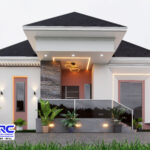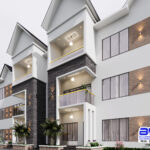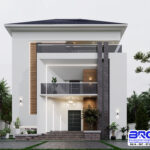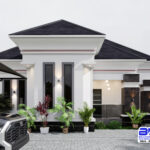If you’re planning to mold blocks in Nigeria, one of the most important materials you’ll need is sand.
While cement gets a lot of attention, the quality of sand you use can determine whether your blocks are strong, durable, or completely useless.
A lot of builders and block molders often ask, Which sand is best for molding blocks in Nigeria?
In this article, Bullionrise consult will break it down in simple terms, so you can make the best choice for your building project whether small or large.
Table of Contents
ToggleSee also –
Types of Sand Commonly Used in Nigeria for Block Molding
- Sharp Sand (Coarse Sand)
- Plaster Sand (Fine Sand)
- Laterite Sand
- River Sand
Let’s look at each one and which is most suitable.
1. Sharp Sand – The Best for Block Molding

Sharp sand, also known as coarse sand, is the most recommended type of sand for molding blocks in Nigeria.
It is gritty, has angular particles, and is free from silt and clay.
Why sharp sand is best:
- Strong bonding with cement
- Reduces shrinkage and cracking
- Provides solid block strength
- Ideal for load-bearing structures
When mixed with cement at the right ratio (like 1:6), sharp sand produces blocks that are strong, durable, and long-lasting.
Note: Always sieve the sand to remove stones and dirt before mixing.
2. Plaster Sand (Fine Sand)
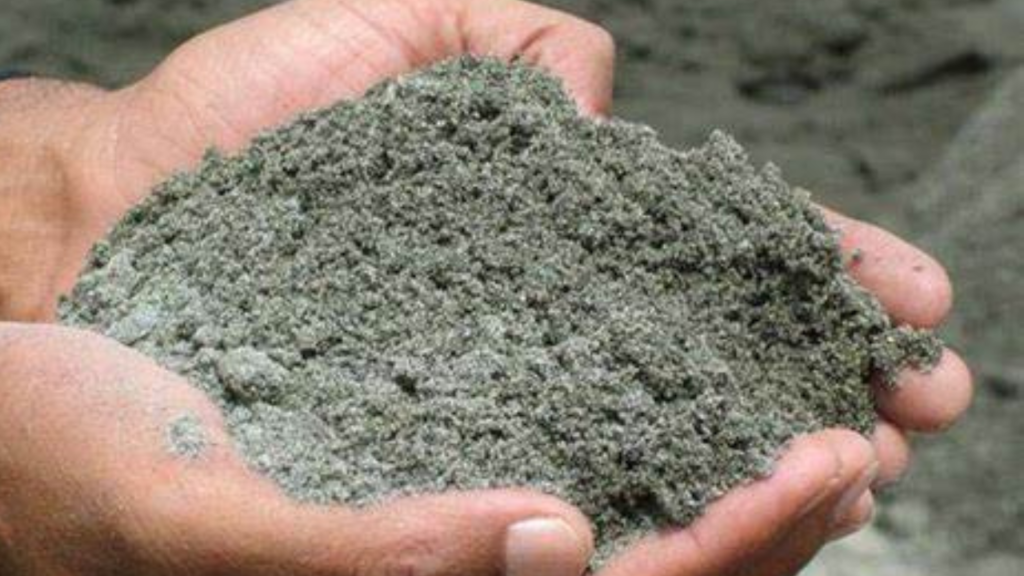
Plaster sand is smooth and fine good for rendering walls or plastering, but not suitable for molding blocks.
Why it’s not ideal:
- Particles are too fine
- Poor bonding with cement
- Leads to weak, crumbly blocks
- Increases risk of cracks and collapse
Avoid using plaster sand for block molding at all costs.
3. Laterite Sand

Laterite is reddish soil rich in iron, found mostly in the South and Middle Belt regions.
While it’s commonly used for filling and rural roads, it is not ideal for molding blocks.
Problems with laterite:
- Poor bonding
- Contains clay and organic matter
- Makes blocks soft and easily breakable
Some rural block makers mix laterite with sharp sand to cut costs, but this results in low-quality, weak blocks.
4. River Sand
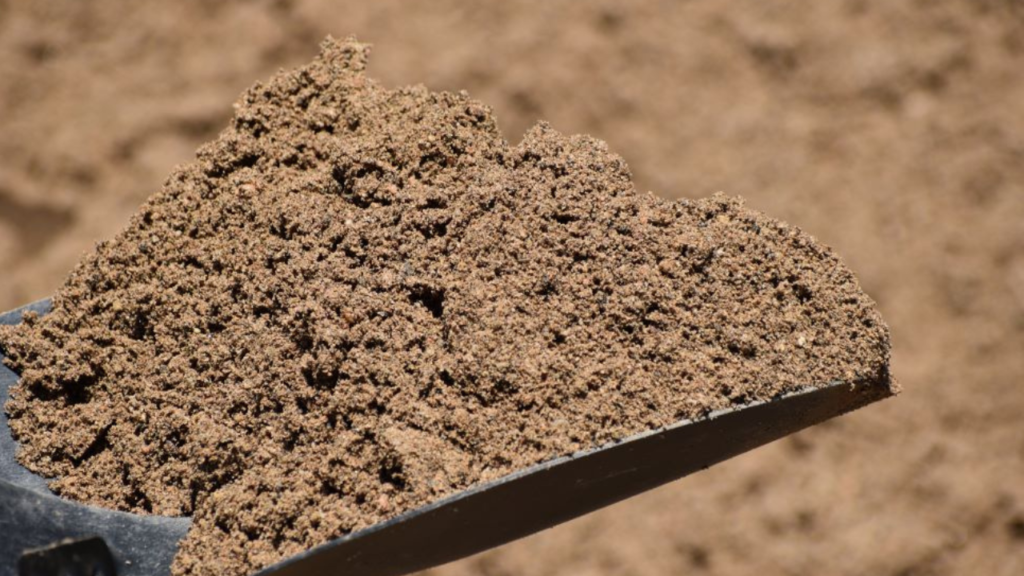
River sand is generally clean and fine, with rounded particles.
Not ideal for block molding because:
- It doesn’t bond well with cement
- Causes poor compaction
- Blocks can chip easily
River sand is better used for plastering and screeding, not block production.
How to Identify Good Sharp Sand
Before buying or using sharp sand for block molding, check the following:
- Grain size: Should be coarse and gritty to the touch
- Color: Usually gray or brown, depending on location
- Cleanliness: Free from clay, roots, silt, or salt
- No odor: Sand with a smell may have organic impurities
Simple test: Pour sand in a clear bottle, add water, shake, and allow it to settle. If you see a thick layer of clay/silt on top, don’t use it.
Tips for Best Results in Block Molding
- Use sharp sand only
- Mix with cement at a good ratio (e.g., 1 bag cement to 6 head pans of sand)
- Don’t add too much water — it weakens the mix
- Cure the blocks properly for at least 7 days
- Avoid sand with salty content, especially near coastal areas
Conclusion
The best sand for molding blocks in Nigeria is sharp sand. It offers strength, proper bonding with cement, and long-term durability.
Using plaster sand, river sand, or laterite may save money upfront, but it will cost you more in repairs or worse, structural failure.
When it comes to block molding, never compromise on the sand. Your building’s strength depends on it.
Frequently asked questions
What is a sandcrete block, and how is it made?
A sandcrete block is a building material made by mixing sand, cement, and water to form solid masonry units.
The mixture is molded into block shapes and cured to achieve strength.
Sandcrete blocks are widely used in construction due to their affordability and ease of production.
What are the common uses of sandcrete blocks in construction?
Sandcrete blocks are used for:
- Building walls for residential and commercial structures.
- Partitioning interior spaces.
- Fencing and boundary walls.
- Supporting structures like columns and foundations in low-rise buildings.
What are the advantages of using sandcrete blocks over other building materials?
- Affordability: Sandcrete blocks are cheaper than concrete blocks.
- Availability: Materials for production (sand and cement) are easy to source.
- Ease of construction: Lightweight and simple to handle.
- Thermal insulation: Helps regulate indoor temperature.
Are sandcrete blocks suitable for load-bearing structures?
Sandcrete blocks can be used for load-bearing walls in single or low-rise buildings.
However, for high-rise buildings or structures with heavy loads, reinforced concrete blocks or additional structural support may be needed.
How does the strength of sandcrete blocks compare to concrete blocks?
Sandcrete blocks are generally less strong than concrete blocks because they contain a higher ratio of sand to cement.
Concrete blocks, which have more cement, provide greater durability and load-bearing capacity.

